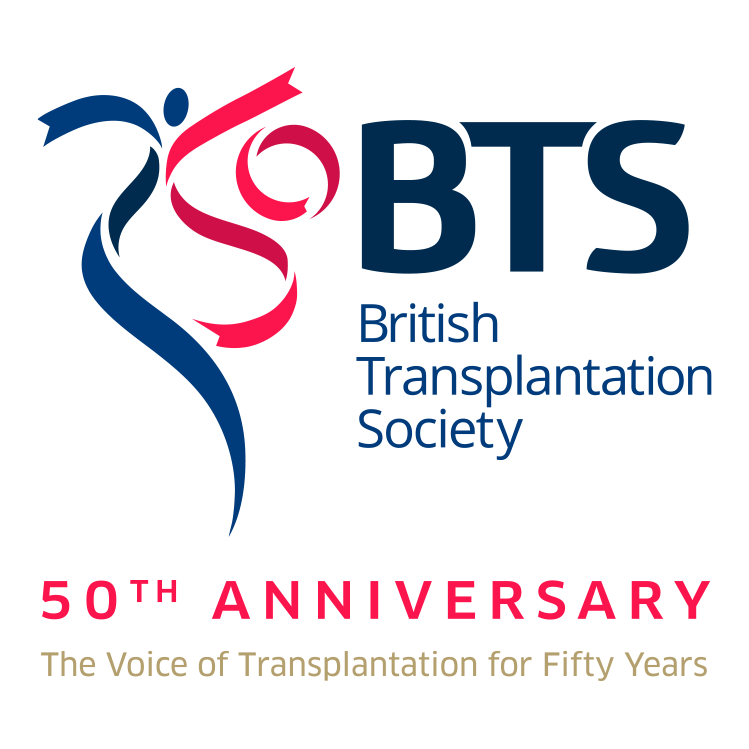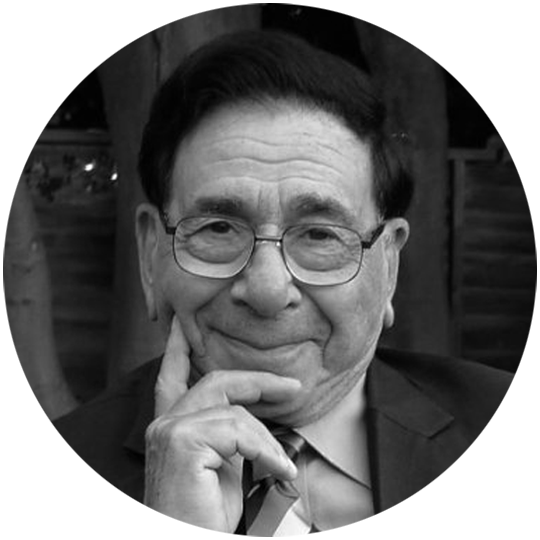Professor Sir Roy Calne (1930 -2024)
The Passing of a Legend
Professor Sir Roy Calne, one of the pioneers in the field of Liver Transplantation sadly passed away on the 6th of January 2024, just a week after his 93rd birthday.
Roy Yorke Calne was born in Richmond, Surrey and went to school at Lancing College in West Sussex. He received his medical education at Guy’s Medical School and his early interest in transplantation was sparked by meeting a young man of his own age in the 1950s dying of renal failure. The young Roy Calne was told there was nothing that could be done except to keep him comfortable: he asked about transplantation and was told it was not possible. A couple of years later he attended a lecture by Sir Peter Medawar in Oxford, at the end of which he asked whether there was any clinical use for the immunological discoveries described, receiving a curt negative response. Following this, and on very many other occasions during the next 40 years, he demonstrated that he would never allow the pessimism of others to distract him from his chosen destination, even in the face of sometimes intense opposition. There was never a doubt over his extraordinary tenacity.
After working in a number of London hospitals he decided to pursue kidney transplantation. He was awarded the Harkness Fellowship at Harvard Medical School from 1960 -1961 where he studied rejection of donated organs. In 1965, as Chair and Professor of Surgery at Cambridge University (appointed at the extraordinary age of 35 years) he set up the kidney transplant program and very soon (in 1968) went on to perform the first successful liver transplant in Europe paving the way for the world’s second liver transplant program. He worked closely with Professor Roger Williams, Hepatologist from King’s College Hospital, London and this close partnership certainly contributed to his early success in developing liver transplantation. Throughout his career Sir Roy maintained his focus on immunosuppression: the holy grail, then as now, was the achievement of immunological tolerance. In 1977 he discovered and developed Cyclosporine-A revolutionising transplantation. He continued to work in the field of anti-rejection medication and pioneered the use of Campath in 1985 for both preventing and treating rejection.
Not content with these major achievements he went on to perform the world’s first heart, liver and lung transplant with John Wallwork in 1987, the first intestinal transplant in the UK in 1992 and the first successful cluster transplant of the stomach, small bowel, liver, pancreas and kidney in 1994.
He was elected to the Royal Society in 1974 and was garlanded with decorations throughout his career. In 1984 he was awarded the Lister Medal for his contribution to Surgical Science and knighted in 1986. Sir Roy was awarded the Cameron Prize for Therapeutics from University of Edinburgh in 1988, the Ellison-Cliffe Medal from the Royal Society of Medicine in 1990 and the Hamdan Award for Excellence in Medical Research in 2008.
From the 1960’s he had a close association with Dr Thomas Starzl, who had performed the first liver transplant in the USA, and the two worked together continually on novel treatments for rejection. Appropriately, they were jointly honoured and awarded the Lasker-DeBakey Clinical Medical Research Award in 2012 for the development of liver transplantation.
He remained in Cambridge University till 1998 where he served as Professor Emeritus and then was Visiting Professor to the National University Hospital Singapore for collaborative research with both University College London and Cambridge University studying experimental gene therapy for the treatment of diabetes.
After retirement he received the Pride of Britain Award for Lifetime Achievement in 2014 and The British Transplantation Society ‘Lifetime Achievement Award’ at the 50th Anniversary Celebrations in 2022.
Sir Roy has several named lectures and awards that acknowledge his contribution to the field of transplantation. His long-term collaboration with Professor Williams has been recognised by the prestigious Calne-Williams Lecture delivered by leaders in the field of liver transplantation at the British Society for the Study of Liver Diseases every year. The BTS also has both the annual Sir Roy Calne Award for the best published paper in the field of transplantation and the Calne-Williams Medal for the best oral presentation in liver transplantation at the Annual Congress.
Many of those who worked with Roy have been influenced by his indomitable spirit, his “never-say-die” attitude, and ability to persevere in the face of opposition. Despite this, he was both a very calm man, never showing stress in the operating theatre or elsewhere, never one to throw surgical instruments or shout, and also a sympathetic man who would listen to everyone’s views and opinions, no matter how lowly. The UK transplant scene remains dominated by the generation of surgeons he trained and who carry forward his legacy.
Beyond his clinical achievements, Sir Roy was an accomplished artist, working both as a painter and sculptor producing many magnificent pieces that grace his home and art exhibitions around the world. He also loved sport playing squash and tennis to a high level.
Sir Roy was the original pioneering transplant surgeon whose illustrious career paved the way for clinical transplantation and an amazing legacy that will be remembered for centuries to come. Sir Roy is survived by his wife, Patsy, their six children and many grandchildren.
.



